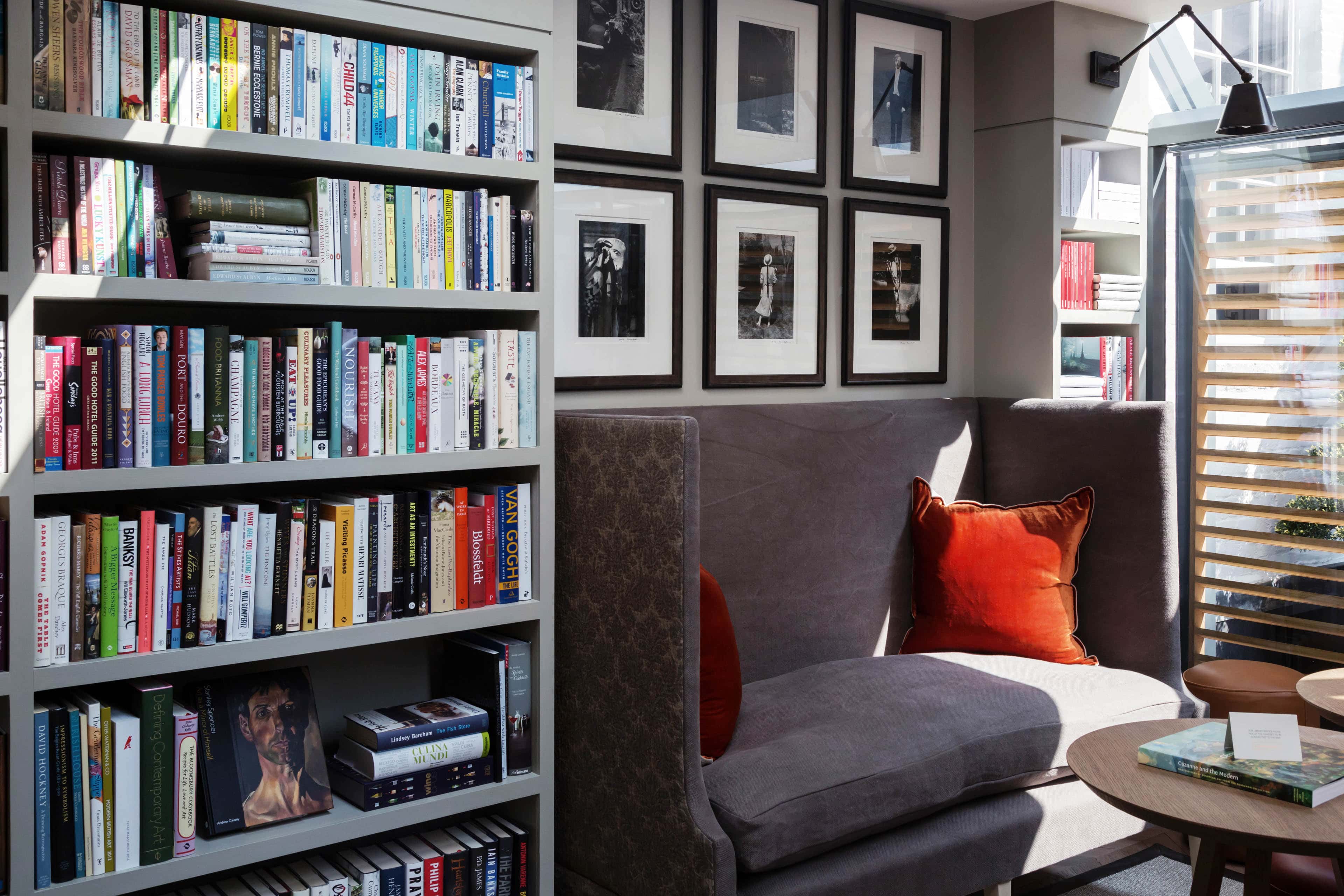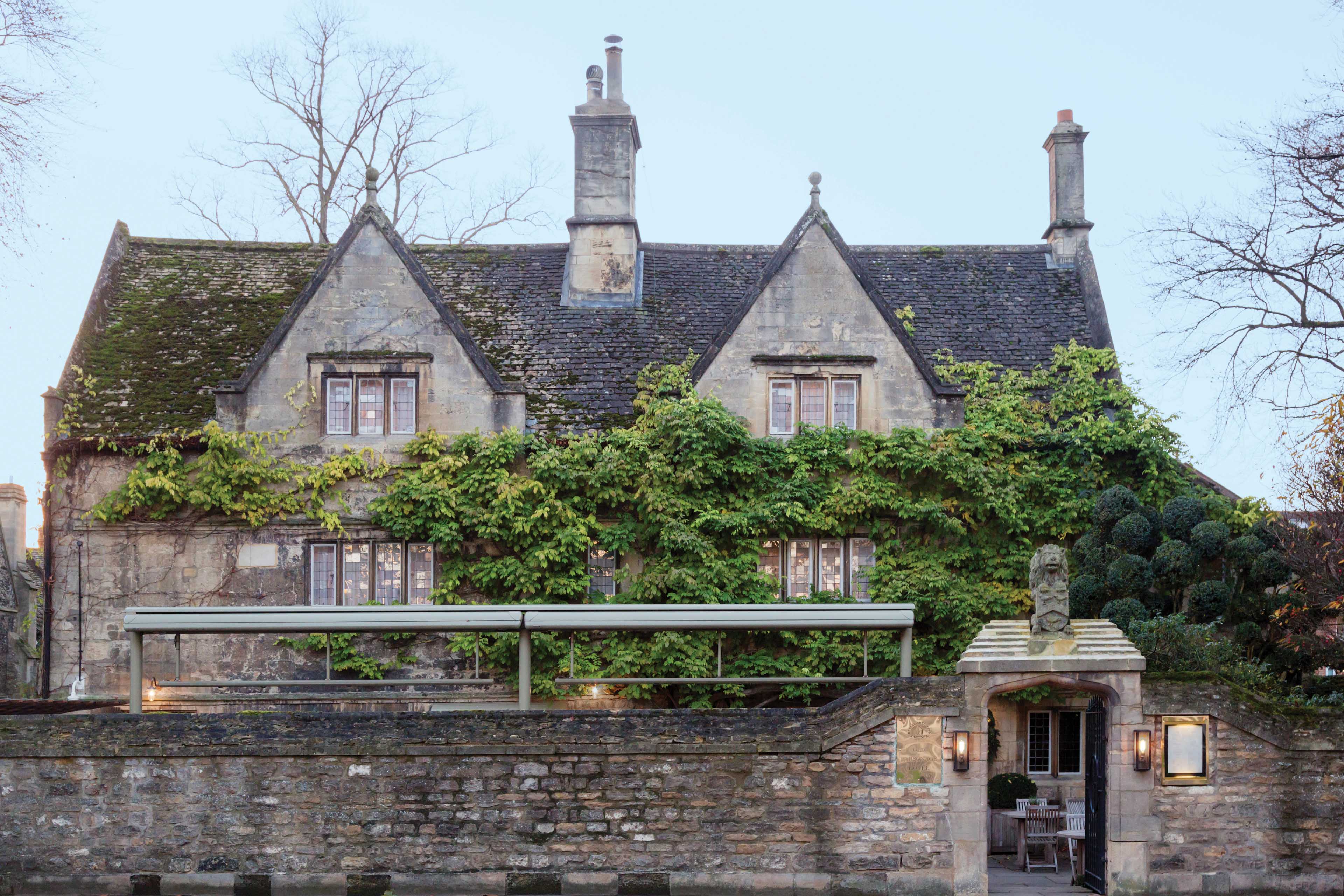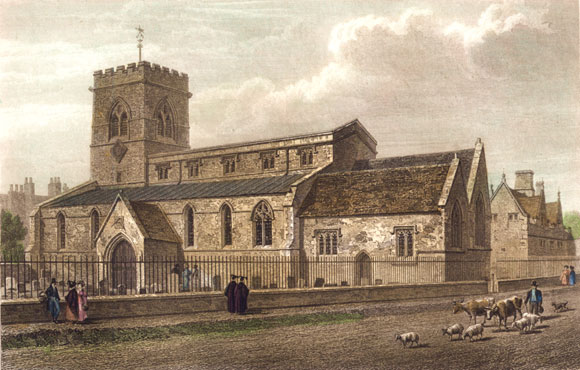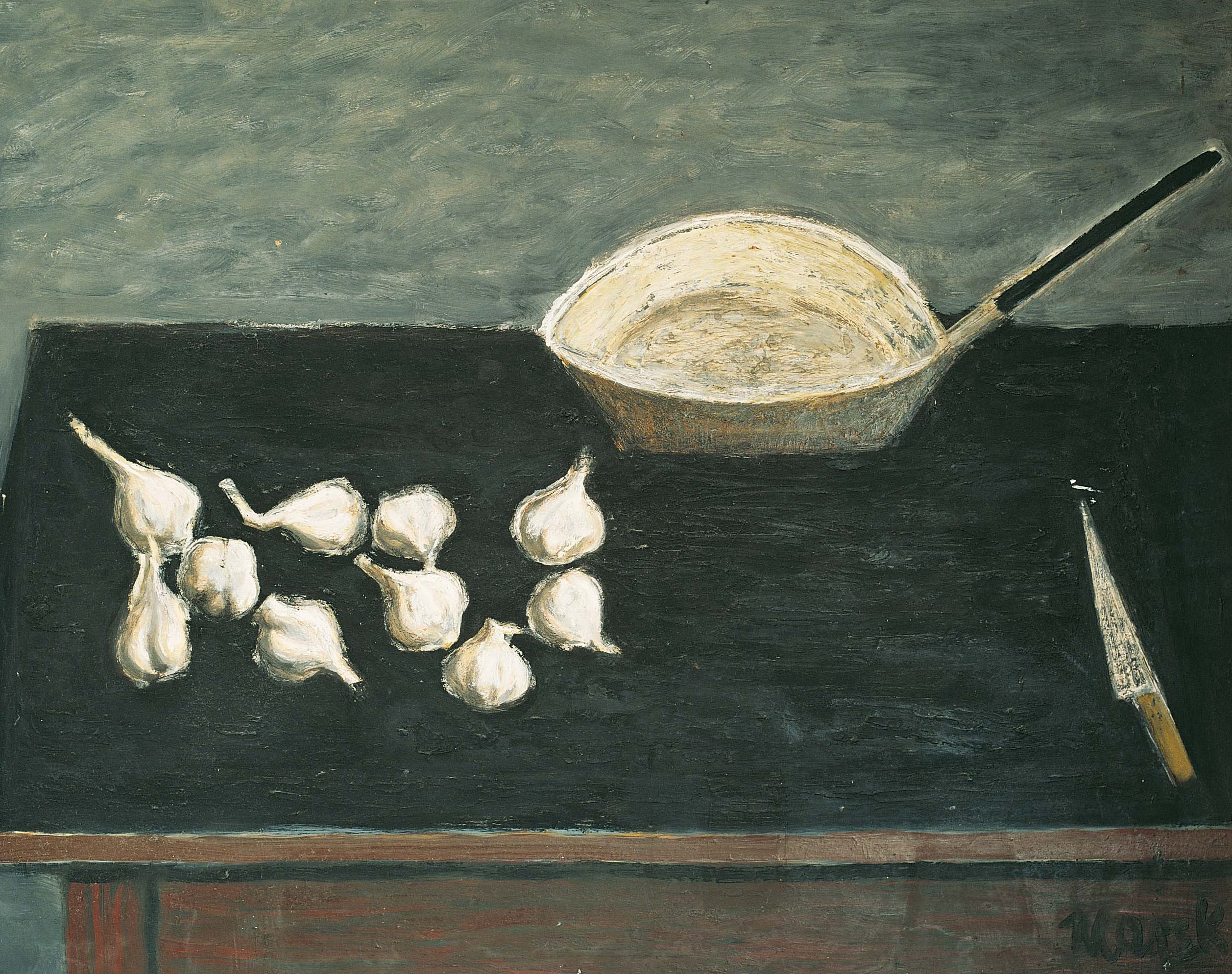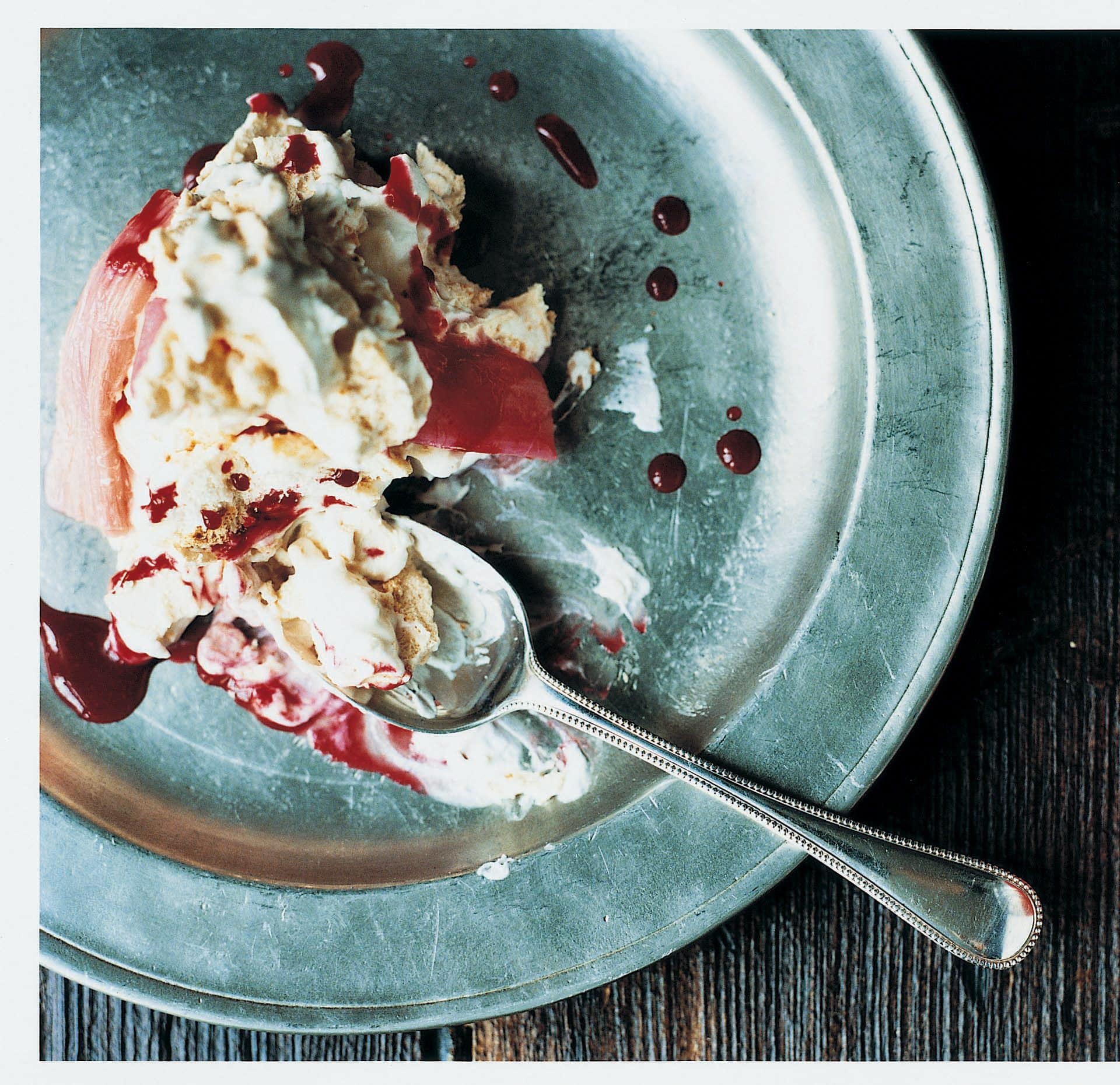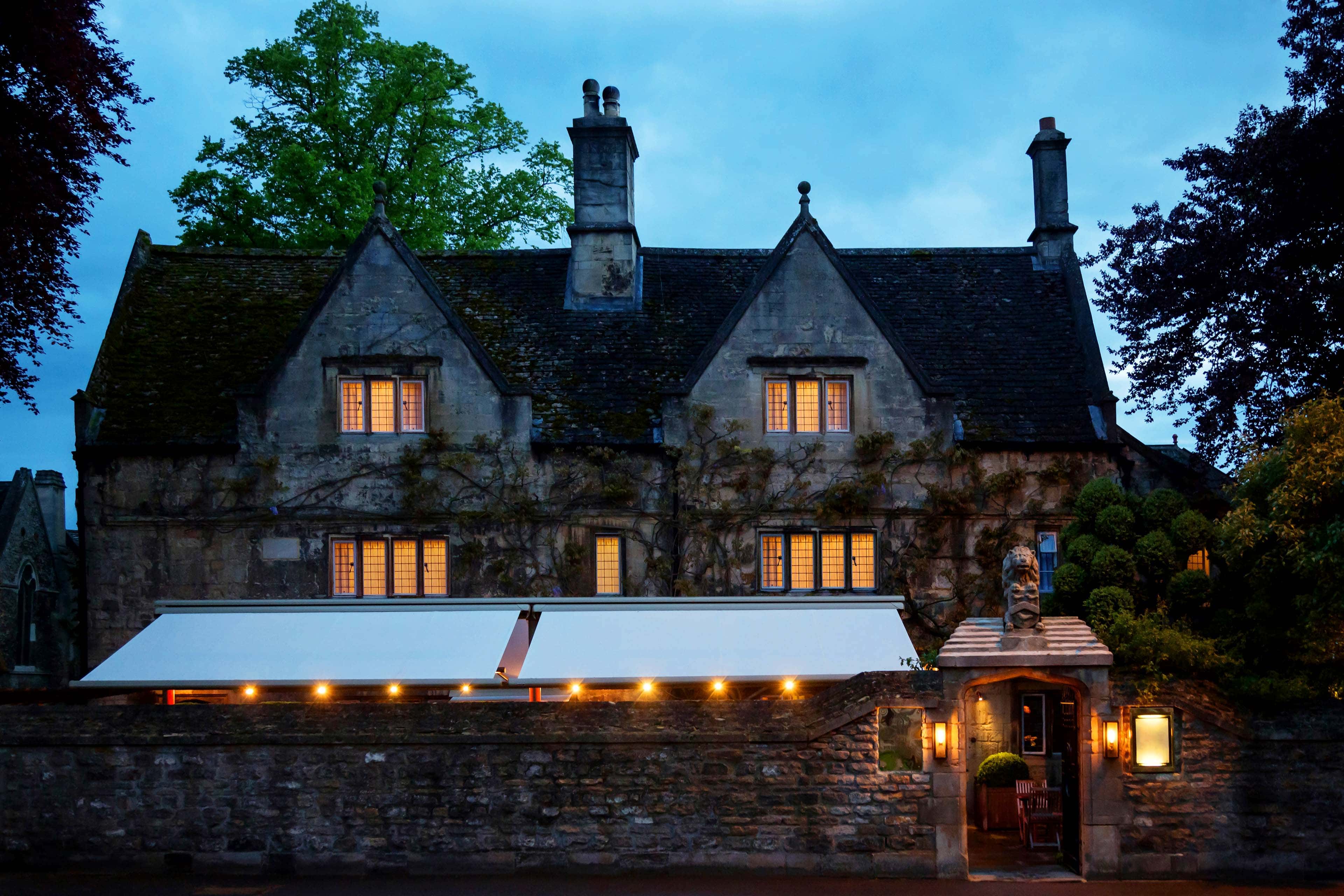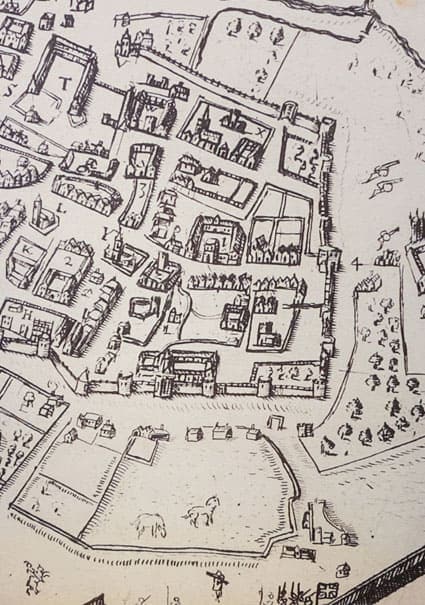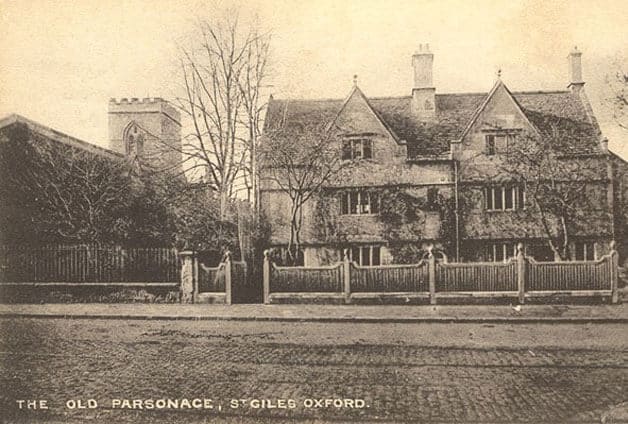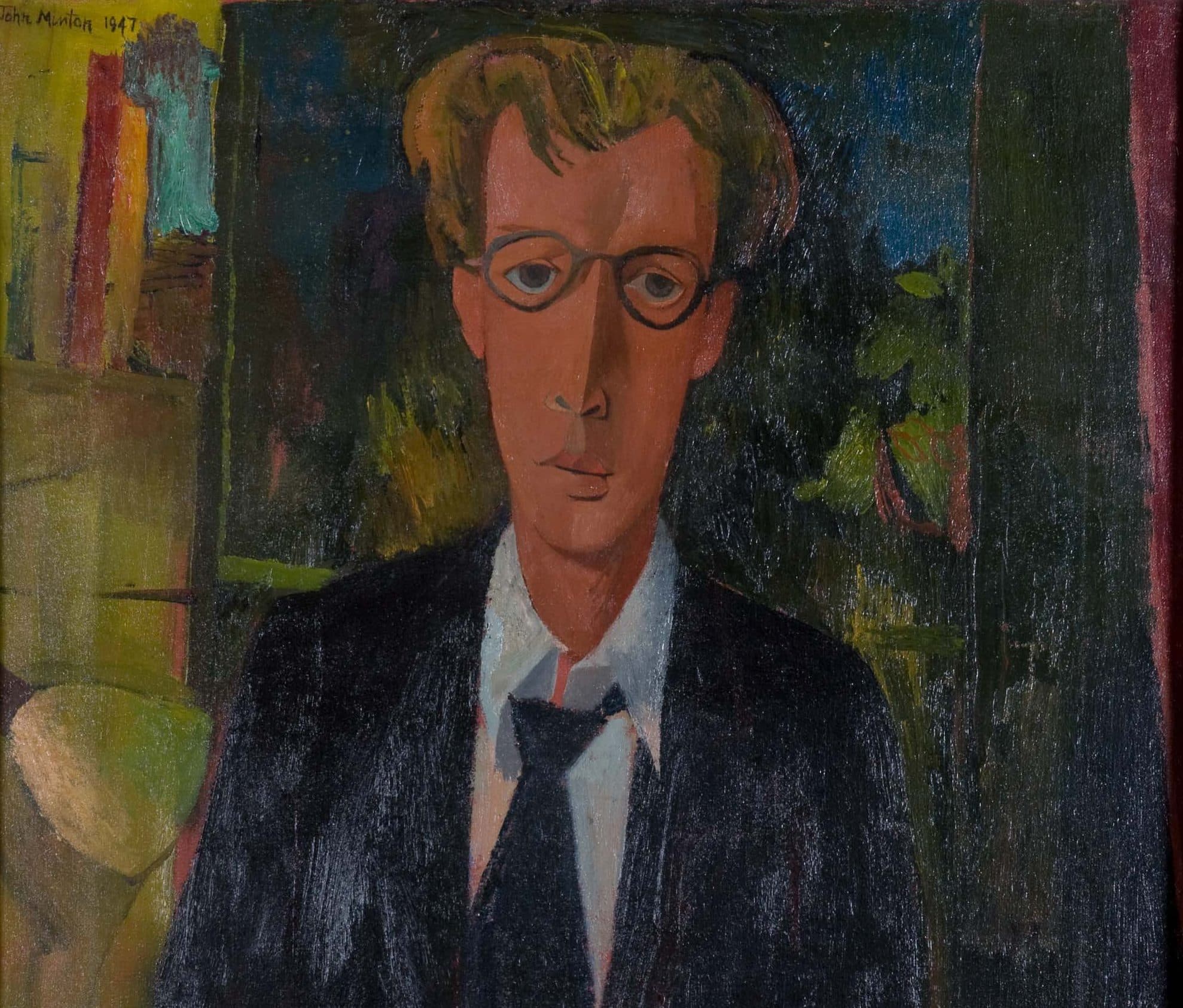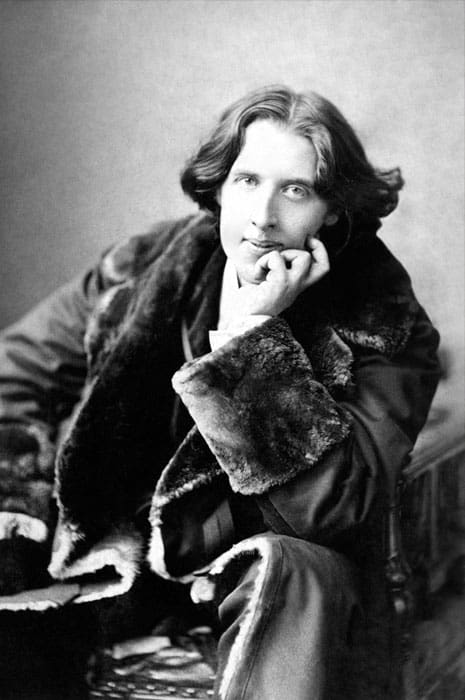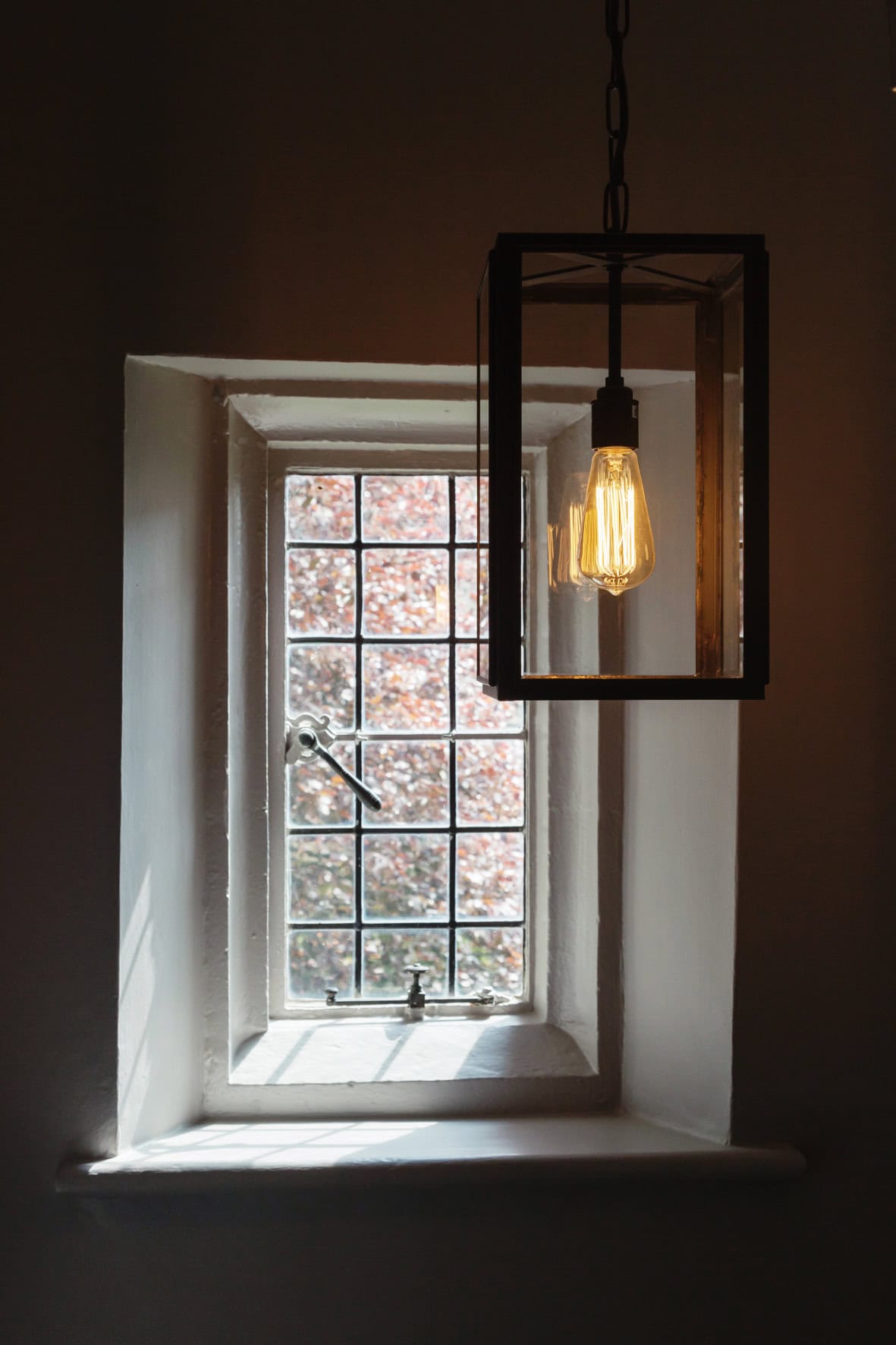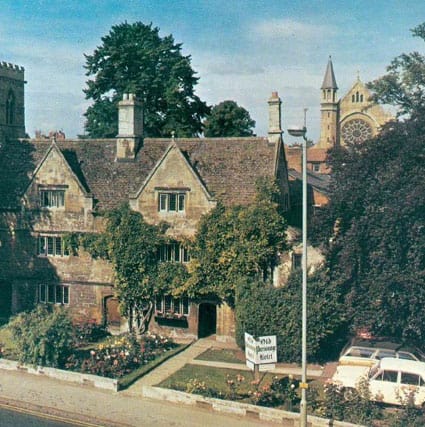
In Every Room
- Eclectic modern art
- Bespoke leather writing desk
- Handmade Epoc bed
- Egyptian cotton bedding
- Treat-filled minibar
- Mini fridge
- Bottle of complimentary mineral water
- Tea & coffee with fresh milk
- Wardrobes
- Air conditioning
- In-room safe
- Direct dial phone
Hotel Facilities
- 35 bedrooms
- 2 suites
- Average room size: 19 m2
- 15 parking bays
- 1 function room
- 1 library
- 1 terrace
- 1 garden courtyard
Every En-suite
- Carrara marble-clad bathroom
- Sumptuous La-Eva toiletries
- Underfloor heating
- Luxury bathrobes
- Steam demisting mirrors
- Shower
- Hairdryer
Stay Highlights
- Exclusive residents’ library
- Complimentary car parking (space is very limited so must be reserved)
- Hotel bicycles
Technology
- Free high-speed Wi-Fi
- 4K Smart TV with streaming
- Bluetooth DAB radio
- Electric smoke detector
- USB & wireless charging ports
Services
- Turndown service
- Laundry & dry cleaning
- Babysitting
- Concierge assistance

Reservations
For booking enquiries, please reach out to our reservations team.
- Reservations: ku.oc.letoheganosrapdlo@snoitavreser
- Reservations by phone: +44 (0) 1865 310210 (option 1)
Reception
- Reception: ku.oc.letoheganosrapdlo@noitpecer
- Reception by phone: +44 (0) 1865 310210 (option 3)

Address
Old Parsonage Hotel
1-3 Banbury Road
Oxford
OX2 6NN
Located in the heart of historic Oxford, sitting proudly at the head of the beautiful boulevard St Giles, the Old Parsonage is nestled amongst the city’s most famous landmarks and activities; The Ashmolean & Pitt Rivers Museums; The Playhouse, Keble College, Somerville and St John’s… a short walk to the lush green landscape of University Parks, the River Thames for punting, and Jericho; a vibrant melting pot of bohemian bars, restaurants and independent shops.

Our guaranteed check-in time is 15:00. Check-out is until 11:00.
Early arrivals are welcome to store luggage at the hotel reception or provide an early check-in if a room is already available. A late checkout can be requested, but is always based upon availability and additional fees may apply. Late checkouts are charged at an hourly rate of £50.00, and late departure after 2 pm will incur a late departure fee equal to the nightly rate of the day. Please contact reception at your earliest convenience should you wish to request this.

In An Emergency…
Dial 999 for the police, fire or ambulance service. The John Radcliffe Hospital (JR) is the closest emergency room to our hotel.
Nearest Health Services
Woodstock Road Chemist is the closest pharmacy to the hotel, just a five-minute walk away. If you are heading in the other direction towards the High Street, we recommend Boots Pharmacy. They both provide non-urgent medical advice and offer a variety of over-the-counter medications. In case of urgent medical assistance or advice, NHS 111 is available 24/7, 365 days a year; however, please be aware that NHS treatment is free only for UK residents. For those seeking private GP appointments on a walk-in basis, the Mayfield Clinic on Banbury Road comes highly recommended.
Travelling From Abroad?
Before travelling to the UK, it’s crucial to check whether you require a visa based on your nationality. Stay informed about the latest entry requirements by visiting the official UK website. Additionally, ensure a smooth stay by packing adaptors for your electric appliances, as UK power sockets use three-prong plugs distinct from EU and US connections. When it comes to currency exchange, the city centre offers numerous options. Consider exchanging currency at the conveniently located exchange office, Oxford Post Office & Travel Money. Alternatively, several banks in the vicinity also provide currency exchange services for your convenience.
Guest Wellbeing & Safety Procedures
Our reception team is available 24/7 to assist you, with managers trained in basic first aid and mental health support. In case of an emergency, guests can use the phones provided in the rooms to contact our reception directly. Weekly fire alarm tests are conducted, and you can find a floor plan detailing the fire escape route behind every bedroom door. We also prioritise maintaining a high level of customer service and disability awareness among our staff, ensuring a welcoming and inclusive environment for all guests.

The Old Parsonage warmly welcomes families with children of all ages, offering spacious rooms and suites tailored to accommodate the whole family. Our child-friendly amenities include a variety of children’s books in our resident’s library, engaging board games, The Oxford Collection coloring book with crayons or pencils, and the option to purchase Colin the teddy bear. Families can also enjoy our exclusive bespoke children’s welcome pack, available with our Family InSpires package. Our family-oriented facilities and services encompass babysitting (at an additional cost), complimentary cots, and extra beds for children up to 16 years old (at £65 per day). Additionally, Parsonage Grill features a specially crafted children’s menu.
For delightful family outings in Oxford’s outdoors, explore our curated list of handpicked things to do.

Please see our hotel terms and conditions, including cancellation and amendment policies for various room categories, pre-payment requirements, and data retention. Our hotel offers Oxford alumni discounts and adheres to a strict no-smoking policy. Enjoy your stay while respecting our code of conduct.

Laundry
- All items handed to reception will be washed as per label care instructions, unless otherwise specified above.
- Silk garments must be dry cleaned.
- Whilst all care and attention is taken with your garments, the hotel cannot accept responsibility for any damage or shrinkage, however caused.
Pressing
- All laundered items will be pressed without charge.
- Items which require pressing only will be charged at £5.00 per item.
- Should you wish to press your own garments, please ask reception for an iron and ironing board.
Dry Cleaning
- Prices can be found on the card located in your laundry bag.
- All dry cleaning is sent to a professional dry cleaners in Oxford at 9.30am.
- If items are needed urgently, please ensure that housekeeping are aware of specific requirements.
- This service is available between Monday (except Bank Holidays) and Friday.
- Any items left for dry cleaning will be returned by 10.00am the following morning.
- Please contact the housekeeping department before 9.00am to inform them you have dry cleaning.

Enjoy seamless connectivity during your stay with our high-speed Wi-Fi. Whether you’re here for work or leisure, our reliable network ensures easy browsing, streaming, and staying in touch with those important to you. Simply connect to the ‘Guest Wi-fi’ network for quick access. We are dedicated to keeping you online, ensuring you make the most of your time with us. For business needs, meetings, conferences, and events, enquire with our reservation and reception teams for access to our dedicated conference network.

Being centrally based, there are many colleges within walking distance. The closest are the Department of Physics in the Denys Wilkinson Building, and the Department of Computer Science on Parks Road. Keble College and Somerville College are both three to four minutes on foot from the hotel.
Yes, you can order a taxi at reception and it will usually arrive within ten minutes of booking.
We allow guide dogs and assistance dogs to accompany owners during overnight stays. We will always consider any request to bring your dog to the hotel on a case-by-case basis, with supporting evidence of the dog’s size, behaviour and circumstances under which you may wish to bring them. We’re a city centre hotel and would suggest that large dogs would not be suitable for overnight stays.
We are happy to arrange chauffeur services or taxis for airport transfers. There are also regular coach services to and from Oxford, 24 hours a day, and the stops are just a two-minute walk away.
All reservations must be guaranteed by a valid credit card at the time of booking. The full cost of your accommodation will be debited on arrival, with incidental costs (restaurant bills, laundry, mini bar usage, etc) to be paid on departure. The card provided will be charged for any outstanding charge, following departure.
Yes, we have two deluxe double or twin rooms on the ground floor, both of which have been adapted to accommodate guests with disabilities.
We do, yes. Oxford alumni card holders benefit from a 10% discount on the best available rate for accommodation from Sundays to Thursdays. On Friday and Saturday nights, alumni will be offered the best available rate at the time of booking. The discount applies to rooms only if you book directly with the hotel by telephone or email. Please provide your alumni number at the time of booking.
The majority of our deluxe rooms and all higher room categories offer baths and showers. Classic Double Rooms feature walk-in waterfall showers.
We have complimentary parking for hotel residents. Parking spaces are quite limited at the Old Parsonage though hotel guests always take priority. Additional information on accessing the car park can be found on our location page. Alternatively, the Old Parsonage is easily accessible by public transit via Oxford’s Park & Ride services. Buses run regularly from early morning until late in the evening, taking you directly to the hotel and on to the heart of the city from any of the five Park & Ride sites around the ring road. The most convenient is Pear Tree Park & Ride, just under three miles away.
We are approximately a 20-minute walk from the train station and about 15 minutes to Gloucester Green bus and coach station. Taxis are readily available both to and from each station.
We are about a ten-minute walk from Oxford city centre High Street where our sister hotel, the Old Bank, is located.
We have 35 rooms at the Old Parsonage. Our sister hotel, the Old Bank, located close by, has 43 rooms.
All our hotel rooms, public areas and restaurants are non-smoking and non-vaping, including all balconies. At the Old Parsonage, the designated smoking area is in the car park.
Breakfast at Parsonage Grill on-site is served from 7am to 11am every day and reservations are usually not necessary.
Check-in is guaranteed from 3pm. Check-out is politely requested by 11am. Late departures may be arranged at our discretion, dependent on room availability.

